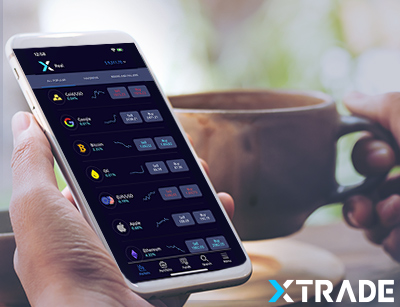What is CFD Trading
By Content-mgr - on December 8, 2015Contracts for Differences (CFDs) are investment instruments created to permit traders the advantages of holding Forex, Shares, Indices, and Commodity positions without taking possession (or shorting) the actual underlying instrument. Traders enter into a contract with a CFD market maker/platform at a specific price, and the change between the contracted price and the price at which it is closed is settled in cash for profit or loss. The needles expense and delay of a physical delivery of shares, for example and their registration, and any holding/safe custody charges that come with having a broker are eliminated, which saves you time and money.
Note that in trading CFDs traders have the potential to lose all or part of the capital in open positions.
CFD trading has continually grown in volume since their introduction over a decade ago. While originally focused on tradeable positions in equities, advances in technology and popular demand motivated the rapid evolution of this form to proprietary derivative financial instruments spanning the whole range of asset classes.
How to trade Forex
Today, the CFD market mirrors the larger financial universe with Forex CFDs representing the largest component. Thus, forex signals and forex charts are of great interest to CFD traders. The enormous leverage (minimal margin) commonly available (up to 400:1) on forex trades and the absence of brokerage fees are key elements in the appeals of CFDs. However, their proprietary / non-tradable nature classifies them as a “swap” under the US 2010 Dodd–Frank Wall Street Reform and Consumer Protection Act and thus non eligible to be issued to retail customers.
The similarity between CFDs and Forex continues to grow:
- Forex signals — Increasingly, forex movement is influenced by central bank governors and their bureaucratic minions. The implications of monetary policy are manifested throughout the global economy, thus increasing the overlap.
- Forex charts — The basic tool in how to trade forex, forex charts, are also essential in understanding price movement in the CFD markets. After all, to understand what is CFD trading, you need to master the rules of price determination. And here, charting is a key tool. Mapping two dimensional sequential representation of price movement over time is a time-tested method to visually represent underlying prices. While far from definitive, it helps the trader to avoid mistakes and to understand trends, an essential part of trading psychology.
Example:
You decide that there exists a significant liklihood that the British Pound (GBP) will increase in value relative to the Japanese Yen (JPY) in the near future. So, instead of purchasing GBP and selling JPY in open market from banks and incurring brokerage, account management, and commission fees or using other exchange-based derivative alternatives, like futures contracts or currency options, (both of which have expiration dates) you buy GBP / JPY CFDs on a CFD trading platform. Each movement of a pip, (as an example in the price of 184.20 JPY per GBP) generates a gain or loss as if you held the underlying instrument.
In learning how to trade forex we gain a greater understanding of what is CFD trading. Looking at both forex signals and forex charts is critical.
 First Deposit Bonus
First Deposit BonusFirst Deposit Bonus | Phone Verification | First Trade on us | Account Verification













